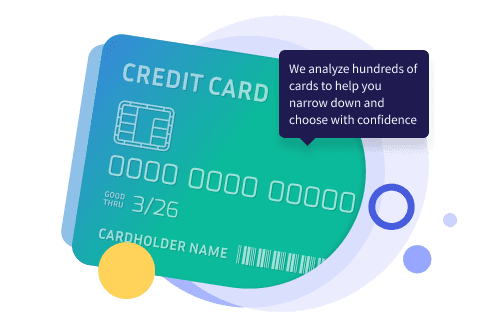Getting a credit card as a student can be a step forward in establishing a financial foundation. The best credit cards for students offer perks such as cash back on everyday purchases, no annual fees and a friendly APR. They also provide educational resources to help you understand your spending and, possibly, a free FICO score update to keep track of your credit-building journey.
Finding the best credit card for students involves comparing different cards based on fees, interest rates, rewards and credit-building capabilities. By securing a card that aligns with your spending habits and financial goals, you can make the most out of its benefits while establishing a solid credit history.












